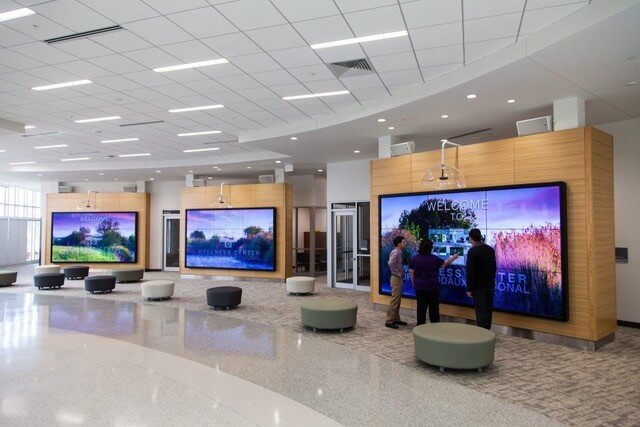


How they affect political, economic and social processes. Population density: Measure of the number of people living in a given area, typically measured in people per square kilometer or square mile. Population distribution: Pattern of where people live within a geographic area. Human factors (culture, economics, history, etc)įactors that illustrate patterns of population distribution:ĭifferences between the methods used to calculate the population density.Physical factors (climate, water bodies, etc).Unit 2: Population and Migration Patterns and Processes Subtopicįactors that influence distribution of human population: Artificial boundaries are defined by human-made structures like walls, political borders or fences. Natural boundaries are defined by physical features (mountains, rivers or oceans). Regional boundaries: They can be natural or artificial. They can be in different scales and can overlap with one another. Geographers definition of regions: Earth’s surface that is defined by certain characteristics such as physical features, cultural practices, or economic systems. Geographers can also gain a more comprehensive understanding of the complexities of the Earth’s surface and the processes that shape it. Purpose of scales of analysis: Geographers use it to study the Earth’s surface and the relationships between different phenomena. Scales of Analysis: They also refer to the different levels of geographical observation and analysis. Theories regarding the interaction between the natural environment with human societies and the evolution from environmental determinism to possibilism Natural resources: Materials and substances that occur naturally in the environment and are used by living organisms for survival. Sustainability: It is the ability to meet the needs of the present generation without compromising the ability of future generations to meet their own needs. Geographic concepts that illustrate spatial relationships: Uses of geospatial and geographical data for personal, business and organization scales. Satellite Imagery: Type of geospatial data that is collected by satellites orbiting the Earth.Census Data: Demographic data collected through a census or survey of a population.Geospatial data: It refers to the information that identifies the geographic location and characteristics of natural and constructed features and boundaries on the Earth’s surface. Geospatial Technology: It refers to the collection, analysis, and visualization of geographic data using digital tools and technologies.Įffects of geographical effects of decisions made using geographical information Aerial Photography and satellite imagery.Relative distance on maps: Refers to the perceived distance between two points on a map based on their location and the ease of travel between them. Spatial Patterns: They refer to the way in which different features or phenomena are distributed across space.ĭifferent kinds of spatial patterns and relationships portrayed in mapsĪbsolute distance on maps: Refers to the physical distance between two points on a map measured in a standard unit of length, such as kilometers or miles. They use different visual elements such as colors, symbols, or shading to represent the data related to the theme. Thematic Maps: Maps that focus on a particular theme or topic, such as population density, land use, or climate patterns. They typically show the location of important features such as roads. Reference Maps: Maps that provide general information about an area. Some types of maps include: Political, Physical, Topographic, Road, Weather, etc Map: A map is a visual representation of an area that can be used to illustrate and communicate information about the geography, topography, or other features of that area. Advanced Placement (AP) Tuition Classes.IB English Language & Literature HL Tutors.IB English Language & Literature SL Tutors.


 0 kommentar(er)
0 kommentar(er)
